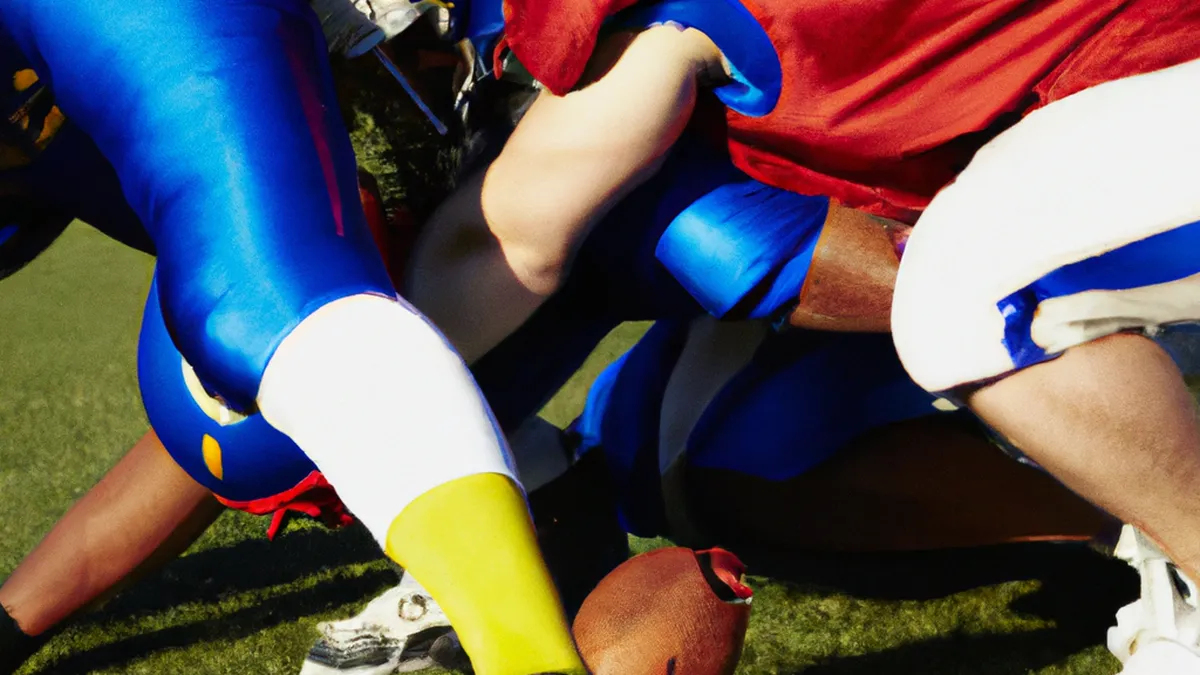Breakdown of Dynamic Foot Movements
Evaluating Player Foot MechanicsUnderstanding foot mechanics is crucial for athletes in various sports. Proper foot mechanics enhance performance, improve agility, and reduce injury risks. This blog explores how to evaluate player foot mechanics effectively. We provide practical tips, advice, and benefits for athletes and coaches, highlighting this often-overlooked aspect of performance.
Why Foot Mechanics Matter
Foot mechanics involve movement patterns and weight distribution of an athlete’s feet during activities. These mechanics influence balance, speed, stability, and overall performance. Efficient foot mechanics enable athletes to execute movements fluidly. Poor mechanics can lead to movement inefficiencies and higher injury risks, especially in ankles, knees, and hips. Evaluating foot mechanics is essential for athletes aiming to improve performance and reduce injury risk.
Key Aspects of Foot Mechanics
Focus on three primary aspects when evaluating foot mechanics: stance, gait, and landing. Each component significantly impacts performance and injury prevention.1. **Stance**: Observe players’ foot positioning during activities like standing, sprinting, and changing direction. A stable stance aids balance and stability, crucial for maximizing performance. A wider stance may increase stability during lateral movements, while a narrower stance enhances speed and agility.2. **Gait**: Analyze players’ walking or running. Pay attention to foot placement, stride length, and overall rhythm. Players should maintain a natural stride to maximize efficiency and speed. Watch for issues like overstriding, excessive heel striking, and improper foot alignment, which can negatively affect performance and lead to injuries.3. **Landing**: Evaluate how players land after jumps, sprints, or sudden stops. Proper landing mechanics reduce injury risks. Players should aim to land softly, with knees slightly bent and aligned over toes. Poor landing mechanics, like landing stiff-legged or with knees collapsing inward, increase injury risks.
Tips for Evaluating Foot Mechanics
As an Amazon Associate I earn from qualifying purchases.
Gear tip: consider knee brace, ankle brace, and patellar strap to support this topic.
Follow these tips to evaluate foot mechanics effectively:
Use Video Analysis
Video analysis is a powerful tool for assessing foot mechanics. Capture players’ movements from various angles during practice or competition. Reviewing footage allows a detailed assessment, helping coaches and athletes identify irregularities. Look for patterns in stance, gait, and landing. Breaking down movements frame by frame helps pinpoint areas needing improvement.
Conduct Functional Movement Screens
Functional movement screens (FMS) assess players’ overall movement patterns and identify weaknesses in foot mechanics. Use a combination of exercises to evaluate balance, flexibility, and strength. For instance, squats and lunges reveal much about foot positioning and stability. The FMS can help pinpoint specific areas requiring targeted interventions.
Conclusion
Evaluating foot mechanics is vital for enhancing athletic performance and minimizing injury risks. Use video analysis and functional movement screens to assess mechanics effectively. Prioritize proper stance, gait, and landing techniques for optimal results.
Below are related products based on this post:
FAQ
Why are foot mechanics important for athletes?
Foot mechanics are crucial as they influence balance, speed, stability, and overall performance. Proper mechanics enhance agility and can significantly reduce the risk of injuries, particularly in the ankles, knees, and hips. Athletes who focus on their foot mechanics can execute movements more fluidly and efficiently.
What are the key aspects to evaluate in foot mechanics?
The three primary aspects to evaluate are stance, gait, and landing. Stance refers to foot positioning during various activities, gait involves the walking or running patterns, and landing evaluates how players land after jumps or sprints. Each of these components plays a significant role in performance and injury prevention.
How can video analysis help in evaluating foot mechanics?
Video analysis allows coaches and athletes to assess foot mechanics in detail by capturing movements from different angles during practice or competition. Reviewing footage helps identify irregularities in stance, gait, and landing. This tool enables a frame-by-frame breakdown of movements, making it easier to pinpoint areas that need improvement.















Post Comment